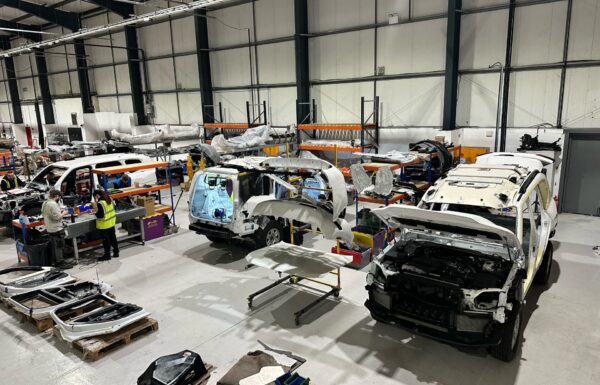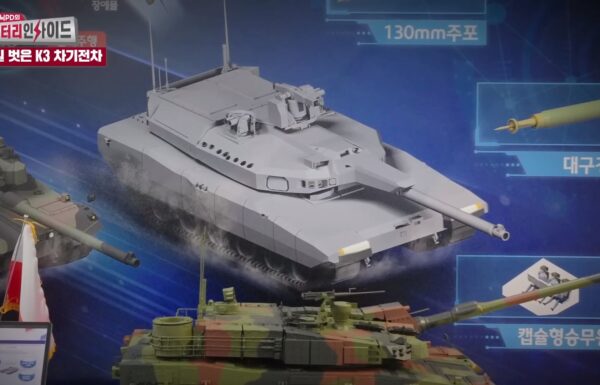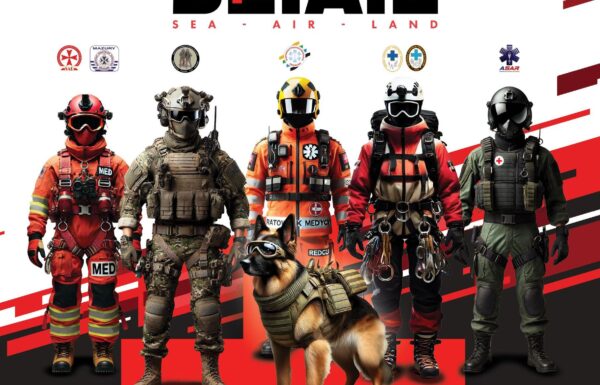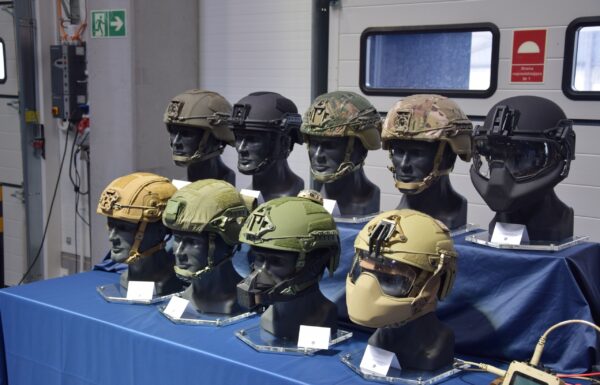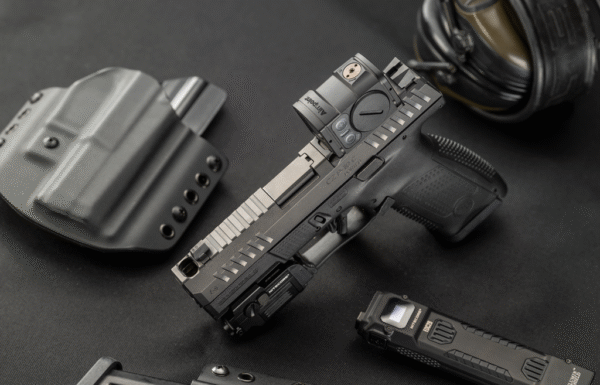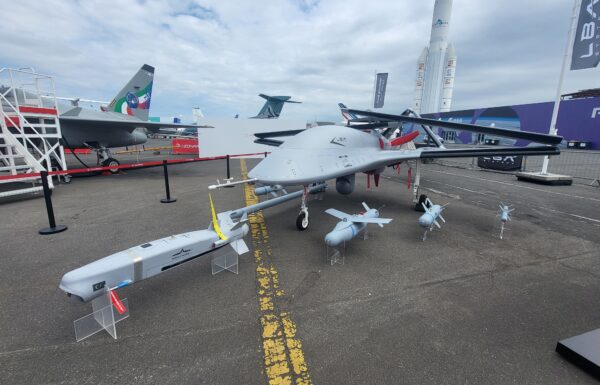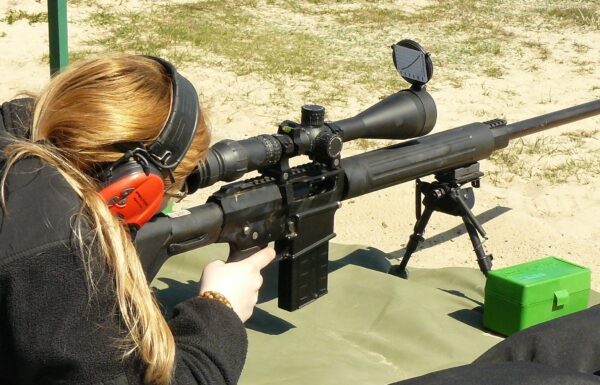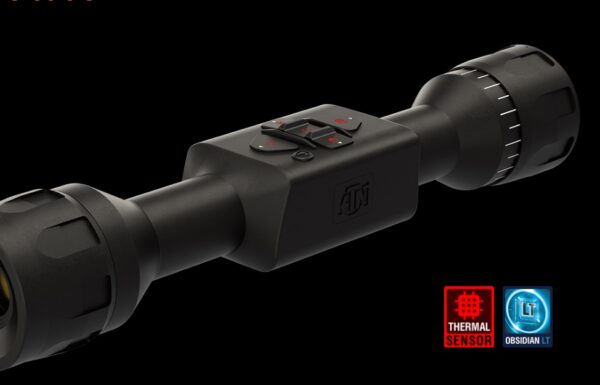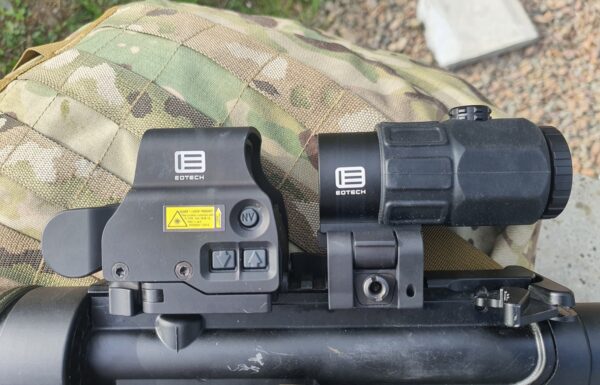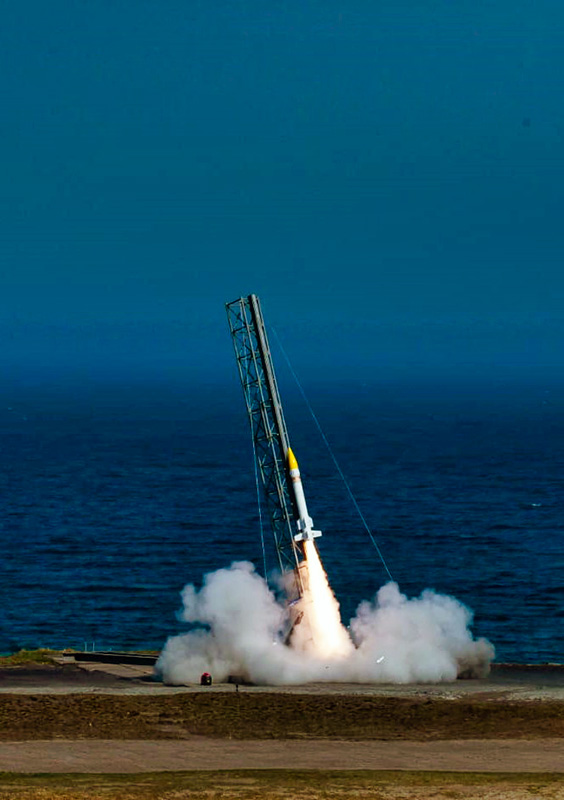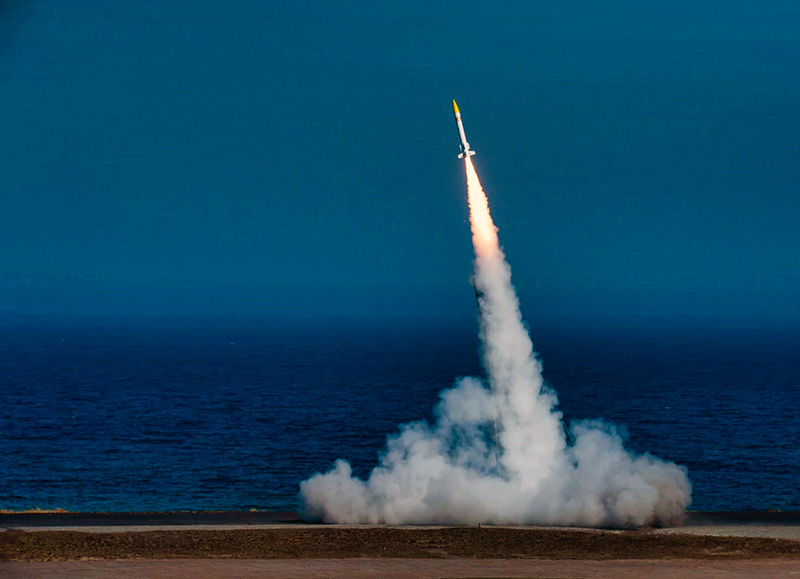According to information published on Friday, May 9, 2025, by the Military Institute of Armament Technology (WITU), a successful launch of the single-stage version of a rocket developed through a consortium led by Wojskowe Zakłady Lotnicze No. 1 (WZL-1), together with WITU and the Gamrat Special Production Plant, took place on April 15.
The work is being carried out as part of the project Development of a Three-Stage Suborbital Rocket System for Launching Research Payloads, co-financed by the National Centre for Research and Development under agreement no. POIR.01.01.01-00-0834/19.
The launch took place at the Central Air Force Training Range in Ustka, where the rocket successfully achieved the planned flight parameters, confirming the effectiveness of the domestic technologies used and the growing design and manufacturing potential of the project team.
The rocket project is the result of close cooperation among the consortium partners, who combined their experience, knowledge, and resources to develop the foundations of a Polish launch vehicle. The rocket, with a diameter of ∅300 mm, carried the equivalent of a 40 kg payload and had a gross weight of 280 kg. It reached a speed of over 620 m/s. Key mission objectives — including verification of onboard navigation and control systems, engine performance during flight, flight termination system, telemetry systems, and aerodynamic efficiency — were fully achieved.
The launch marks an important step forward in the development of rocket technologies in Poland and paves the way for further tests, as well as future development and implementation of the technologies in the space and defense sectors. The outcomes of the project will lay the groundwork for the development of a Polish launch system, surface-to-air missiles, and tactical rockets. The team is currently analyzing data collected during the flight, which will be used to further optimize the system and enable longer flights with the use of additional rocket stages.
The Military Institute of Armament Technology is responsible for the conceptual design, calculations, selection and consultation of technology implementation with partners, propulsion production, logic systems, control, and testing. The consortium partners are responsible for the manufacturing technology of structural components — including composite and ablative materials — as well as for the production of rocket propellant using a newly established casting line for warheads up to ∅650 mm in diameter.


